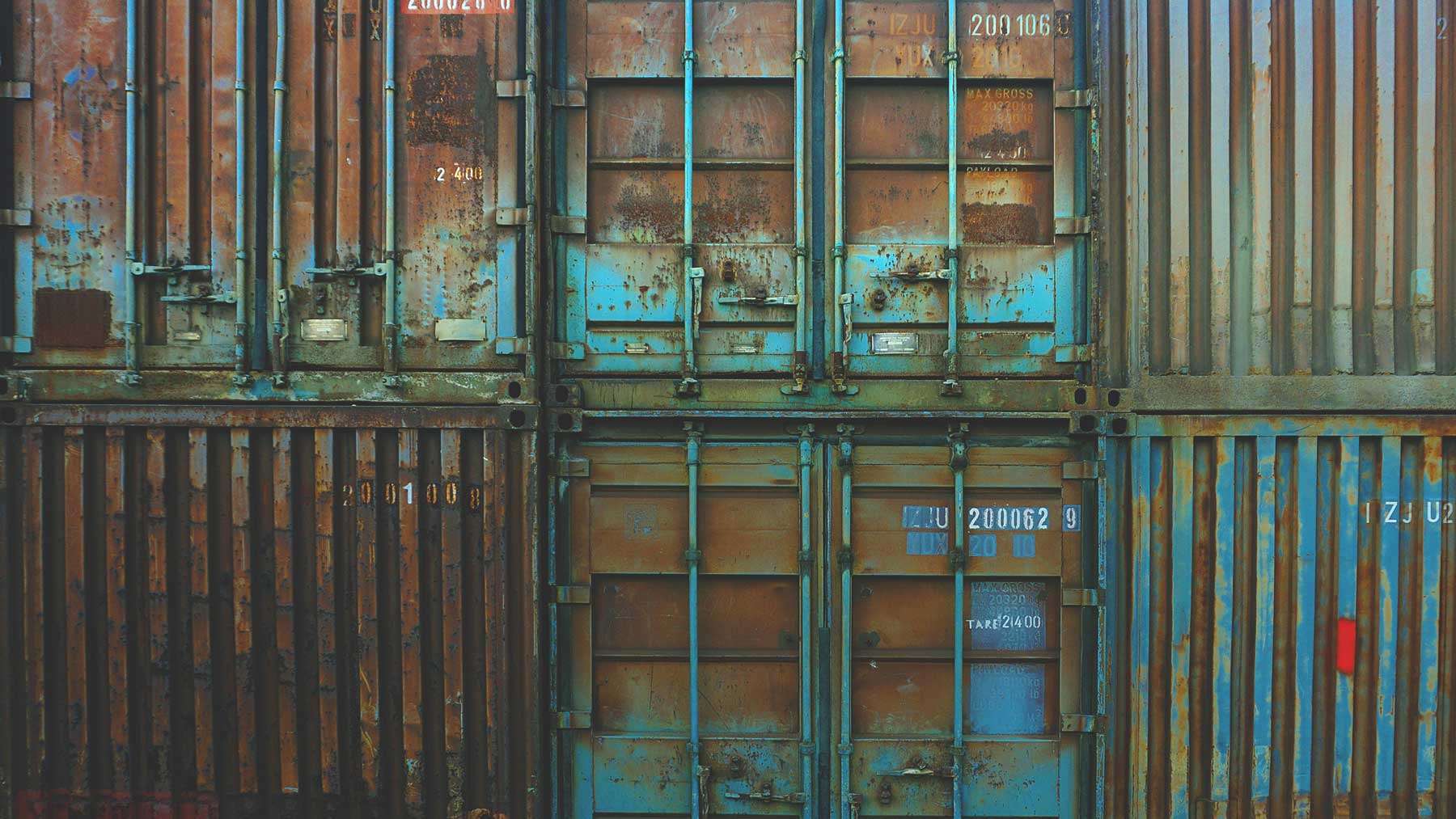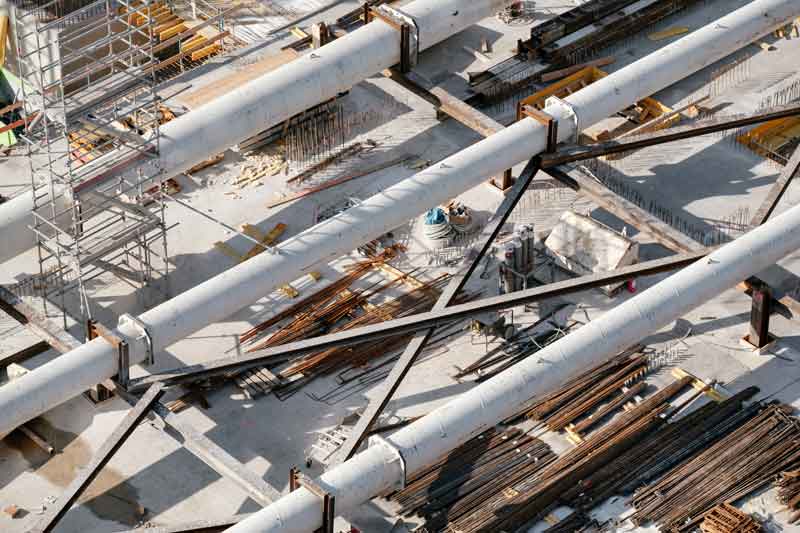What Is Intergranular Corrosion?
Intergranular corrosion is regarded as a kind of local corrosion caused by micro-battery action. It happens along the crystal boundary of the metal when exposed to certain corrosive medium. The corrosion starts from the surface, develops into the inside of the metal along the crystal boundary until it collapses devoid of all the metal strength. Intergranular corrosion happens even when the surface looks fine but actually the grains inside the metal have lost the binding force and the metal sound. A light tapping can bring the metal into pieces, even into powder. Therefore, it is a disastrous localized corrosion.

Theories for Intergranular Corrosion
Theory 1: Impurity Segregation at Grain Boundaries or Selective Dissolution of the Second Phase
Non-sensitive intergranular corrosion theory, mainly impurity segregation at grain boundaries or selective dissolution theory, holds that intergranular corrosion can be ascribed to the selective dissolution of impurities that segregate at grain boundaries such as P, Si, or precipitated phases like σ phase or submicroscopic σ phase.
Theory 2: Cr-poor
As far as Austenitic stainless steel is concerned, the reason for sensitive intergranular corrosion is Chromium poor. For Austenitic stainless steel containing 0.02% above carbon, carbide Cr23C6 can be produced by the carbon and chromium contained inside. These carbides, subject to hot quenching, dissolve into Austenite as solid solution, with chromium uniformly distributed, achieving 12% above in content required by passivation in alloys. This supersaturated solid solution will remain its state under room temperature, but it is unstable. If heated up to sensitive temperature range, carbides will segregate along the grain boundaries. As chromium diffuses very slowly, far lagging behind the carbon diffusion speed, it cannot stretch to the grain boundaries from the solid solution, hence only chromium along the grain boundaries is consumed, creating Cr-poor zones at grain boundaries.
Cr-poor zones contain low chromium with its content far from the value required for passivation and its electric potential lower than that within grains and even much lower than that of carbides. Cr-poor zones connecting to the carbides, when exposed to certain corrosive medium, will induce short-circuit battery effect. When it happens, chromium carbides and grains present cathode while Cr-poor zones present anode, corrosion quickly occurs.
How to Prevent and Avoid Intergranular Corrosion
Control heating temperature and time
Heating temperature and time matter to intergranular corrosion of Austentic stainless steel. When heating temperature is below 450℃ or above 850℃, intergranular corrosion won’t happen, because low temperature (as low as blow 450℃) prevents the formation of chromium carbides. When temperature is above 850℃, it strengthens the chromium diffusibility. Adequate chromium diffuses to grain boundaries and carbides, avoiding the formation of Cr-poor zones. That’s why heating temperature between 450~850℃ will lead to intergranular corrosion. This temperature range is also known as risky temperature range or sensitive temperature range, It is most dangerous when temperature is up to 650℃. Intergranular corrosion is easy to occur at welds where the temperature is near to the sensitive temperature range, so is the welding seam. As the welding seam undergoes cooling, it will also pass through the risky temperature range which leads to intergranular corrosion.
Control Carbon Content
With the increase of carbon content, more chromium carbides will form at grain boundaries. The chance for Cr-zone formation at grain boundaries increases, and the intergranular corrosion is more likely to happen. Therefore, carbon is regarded as the most harmful element for intergranular corrosion. It is generally acknowledged that carbon content of Austenitic stainless steel decreased below 0.02~0.03% can avoid intergranular corrosion.
Addition of Ti and Nb to steel and welding materials can avoid the formation of Cr-poor zones as these stabilizing elements have stronger biding force with carbon than chromium. Hence, commonly-used Austenitic stainless steel and welding materials both have Ti and Nb elements such as ER347.
Do Solution Treatment
After welding, the welded joints of Austenitic stainless steel can be reheated to 1050~1100℃, when carbon will dissolve into Austenitic stainless steel again. With Instant cooling stable Austenitic structure can be obtained and Cr-poor zones eliminated. This method is named as solid solution. The weakness of solid solution is that Cr-poor zones will form inevitably when welded joints operate at risky temperature range.
Do homogenizing treatment
After welding, the welded joints of Austenitic stainless steel can be reheated to 850~900℃, and preserve the temperature for 2 hours so that all chromium will have sufficient time to diffuse to grain boundaries. In this way, the chromium content at grain boundaries will recover to 12% above, and the Cr-poor zones will disappear. This is called homogenizing treatment.
The Effect of Ferrite Content
With the same carbon content, Austenitic stainless steel contains 5% ferrite structure have remarkable improvement on intergranular corrosion resistance.

